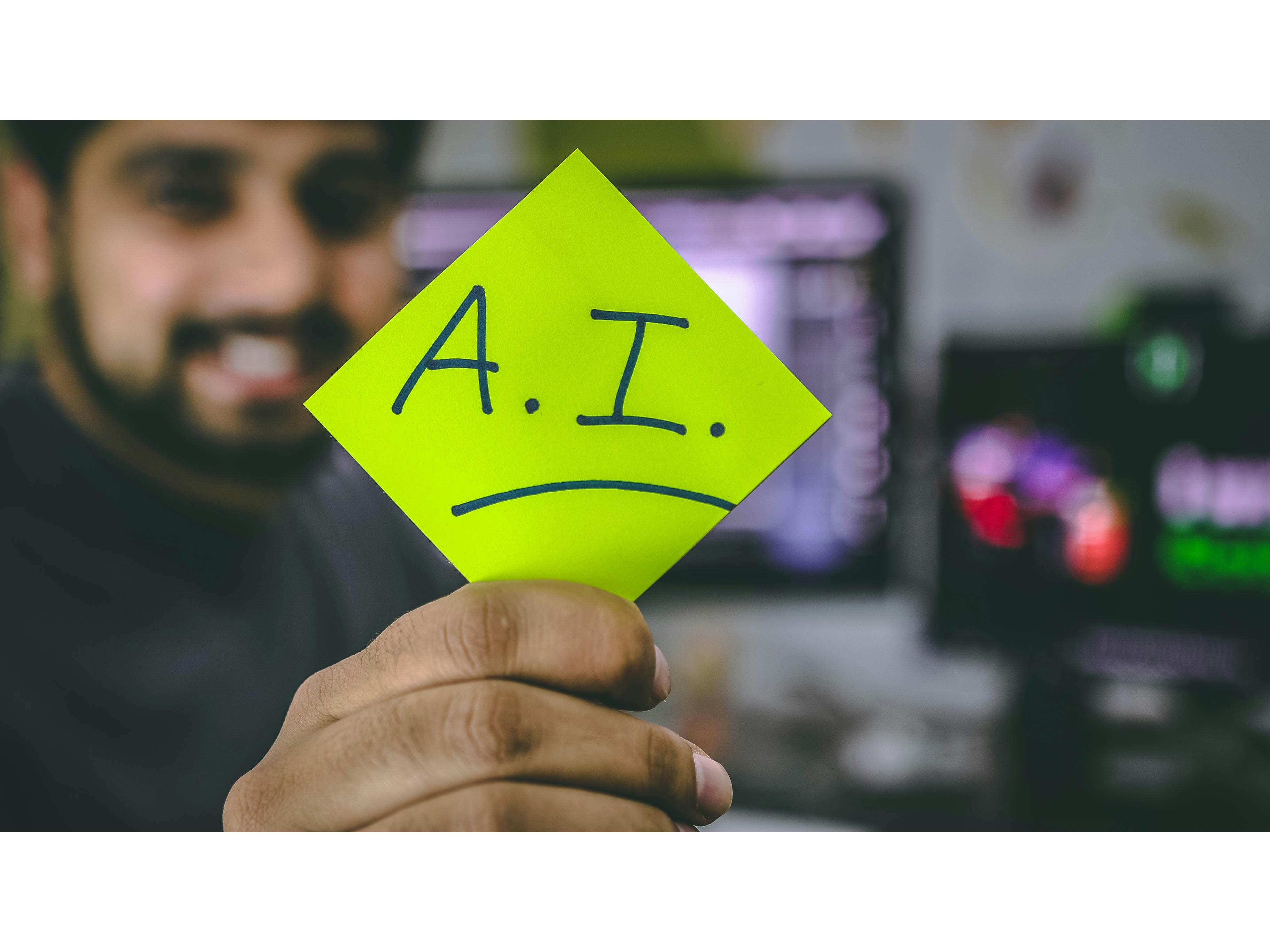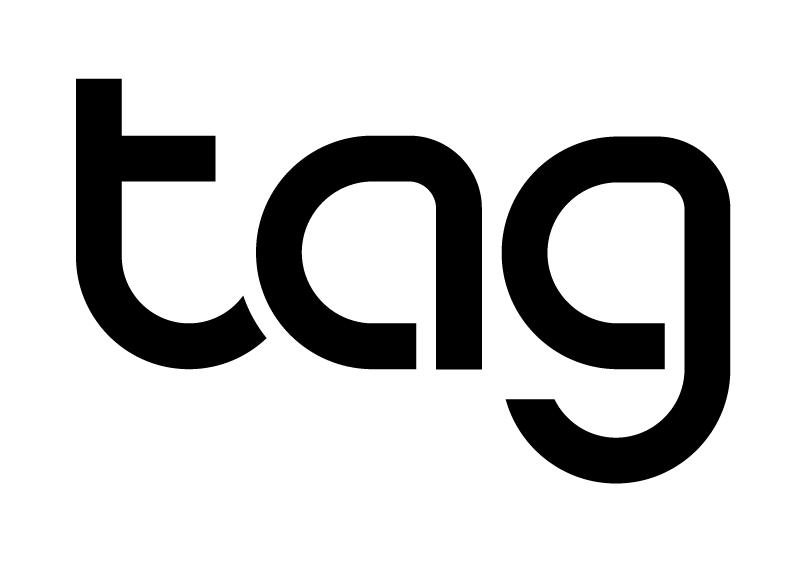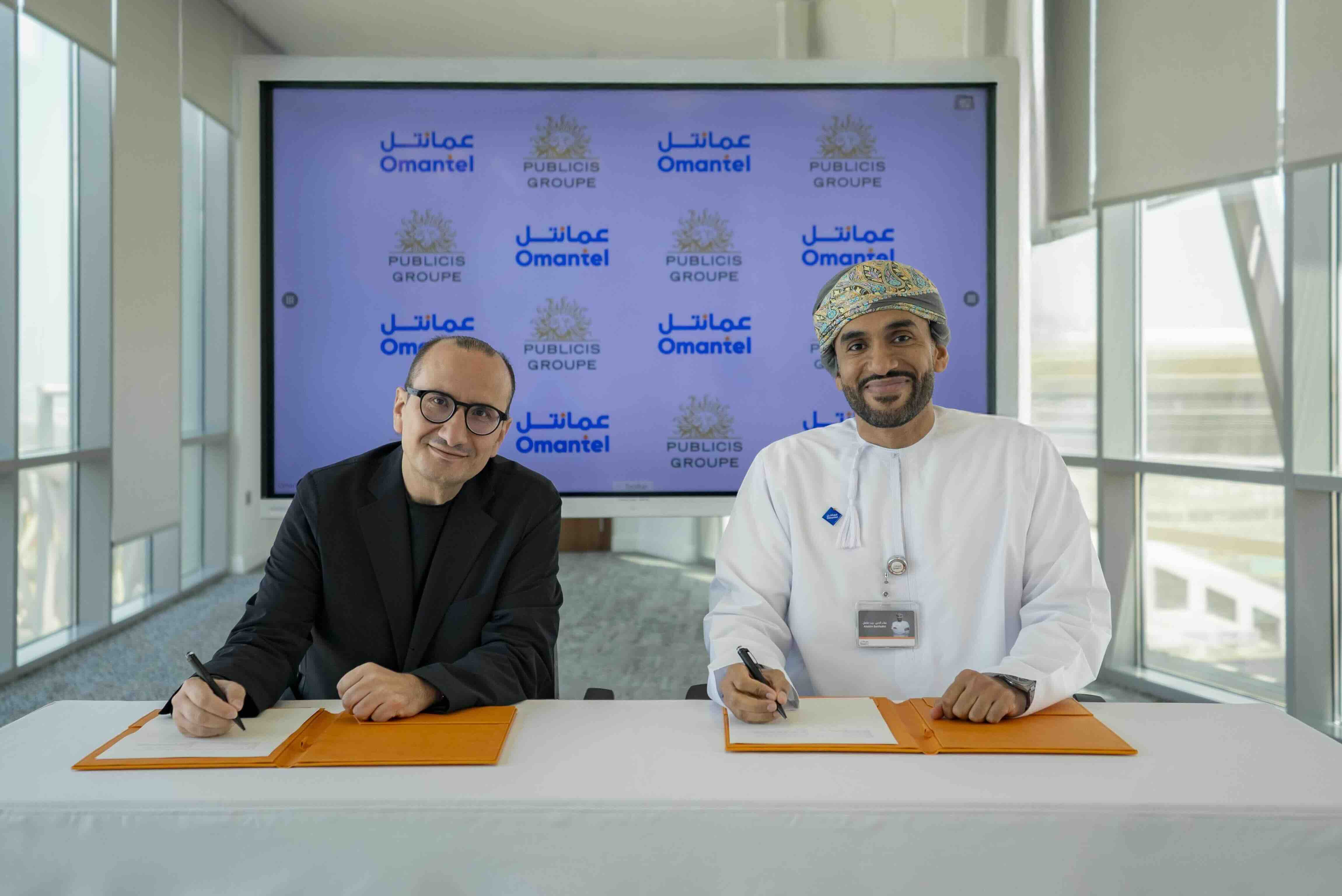News - Digital/Tech
How AI is Changing the Marketing and Advertising Industry—for Better or Worse
by Ghassan Younis
June 25, 2024
.jpg) Advertisement
AdvertisementThere is little doubt that the marketing and advertising industry is undergoing a seismic shift, and artificial intelligence is at the epicenter of this transformation.
While AI and machine learning have been around for decades, the introduction of ChatGPT to the public unleashed a rapid interest from businesses in integrating AI into its various functions.
Considering generative AI's amazing capabilities in various creative productions, from copywriting to graphic design to video production, this AI revolution couldn’t be more profound than in agencies and marketing departments.
Let’s delve into the six key aspects of how AI truly disrupts the marketing and advertising industry and what it means for the future of marketing.
Microtargeting
Targeting market segmentation is a key element of any successful marketing strategy. This has been the case for ages. What’s new is AI’s ability to analyze vast amounts of customer data, from demographics to online behavior, on a smaller scale. This granular analysis enables marketers to identify unique patterns and preferences within small customer segments that otherwise would be either overlooked or generalized into larger groups.
Despite the increasing privacy concerns over tracking that we witnessed in the last 10 or so years since the Cambridge Analytica scandal and the war on cookies that followed, it is expected that AI will still be able to perform better and more dynamic targeting in the years to come.
Multichannel Personalization
With 89% of marketers seeing a good return in integrating personalization in their marketing campaigns, we can be sure that, similar to targeting, personalization is nothing new to marketers. Yet, due to its dynamic nature, it was mostly limited to written communications, especially emails. AI, however, has elevated personalization to a medium-agnostic tactic. Now, video personalization has become a reality.
Tools, such as HeyGen and BHuman, allow marketers to change video content based on data from a dynamic source, like a database. This revolutionary technology enables marketing professionals to build personalized interactive content that is both entertaining and engaging.
Democratizing Creativity
What AI did to the creative industry is similar to what social media did to journalism. While it empowered professional creatives to do their job better and faster, it also annihilated barriers to entry for creative work! What traditionally required specialized skills, became accessible to a broader range of people. And unlike designers, AI thrives on unsolicited comments.
Tools like Midjourney and DALL-E made creating amazing artwork as easy as sending an email. This became a stable feature in almost all graphic design software and apps, from Adobe to Canva. Even good old Microsoft Paint has one of those now.
Copy.ai and Jasper simplified the copywriting process; HeyGen and Synthesia generate astonishing videos from text; and similar tools exist for music composition, as well.
This nearly destroyed the monopoly over creative production, not just for designers but for agencies as well, with one-man prompt engineering skills replacing an entire creative department.
Productivity on Steroids
The marketing landscape is notorious for its demanding deadlines and relentless workload. Here, AI steps in as a productivity powerhouse.
For one, by making it possible to perform complex tasks with ease; saving time, money, and energy. Writing, research, content repurposing, and many more time-consuming tasks are reduced to a few minutes.
That aside, one of the most significant advantages of AI in marketing is its ability to automate.
Automation tools, such as Make and Zapier, can already handle many mundane, time-consuming tasks, which take about 94% of most companies’ time. Integrating AI with these tools can advance automation beyond just repeating small tasks. It can create content and ideas from the latest trends and user-generated content.
In addition, predictive analytics powered by AI can anticipate customer behavior and preferences, allowing brands to tailor their outreach in real-time, and AI-powered chatbots that provide 24/7 customer support ensure that businesses can engage with customers even outside working hours, with 51% of consumers favoring interacting with bots for immediate responses.
All of this not only saves time but also creates a truly "always-on" marketing environment and operational cycle that never sleeps with minimum human involvement.
The Machines Are Taking Our Jobs
With automation and simplification of many functions, comes a bigger problem. It is suggested, according to Goldman Sachs, that generative AI could substitute up to 25% of the current workforce. That’s equivalent to 300 million jobs. What was once a topic of science fiction has become one of the most pressing topics in business.
Some argue that AI will create new types of jobs as much as it will take, similar to what industrialization did over 100 years ago—a viewpoint adopted by the World Economic Forum. While there is some truth to that, it might be slightly different this time. AI, for the first time in human history, is competing in functions traditionally exclusive to humans; it can create.
Labor displacement, while already happening across industries, will hit harder in the marketing and creative industries. Just last year, 11,000 film and TV writers went on a strike to protest AI taking away their jobs.
This serious issue, like it or not, is only advancing with time. This is why it needs deeper discussions than the repeated reassuring talks on LinkedIn and podcasts.
AI: The New Internet
For the first 20 years of this century, there was a clear distinction between “online marketing” and “traditional marketing.” Some still make this distinction. However, the rapid increase in online content consumption during the COVID-19 pandemic blurred the line between the two.
Nowadays, AI has become a trend. Every app or SaaS company under the sun is trying to find a way to integrate AI. Companies failing to leverage AI risk losing competitiveness and even investor funding. This might change soon when AI is seamlessly interwoven into the fabric of all apps or software to the extent of becoming the norm, not an addition. This shift is already underway, and AI will move from being a trendy feature to one that supports many functions, like how the internet did before it.
Conclusion
AI has already catalyzed profound changes in the marketing game, and the industry's evolution is still in its early phases. Many marketing departments and agencies are still grappling to adjust to this rapidly shifting landscape. Many are probably still lost in the testing phase.
This is not limited to markets; marketing platforms seem to be struggling to keep up with the pace of AI innovation, too. Google, as an example, introduced penalties against AI-generated content in March of this year while depriving publishers of their well-deserved organic traffic with their AI Overview search results. Simultaneously, platforms like TikTok are flagging AI-generated content, a good move indeed if it doesn’t include using AI for simple tasks like removing backgrounds, as some TikTokers complained.
The marketing and advertising industry is undergoing a profound transformation driven by AI. While this brings challenges, it also offers unparalleled opportunities. As AI continues to advance, the industry has absolutely no choice but to adapt and evolve.



.jpg)











